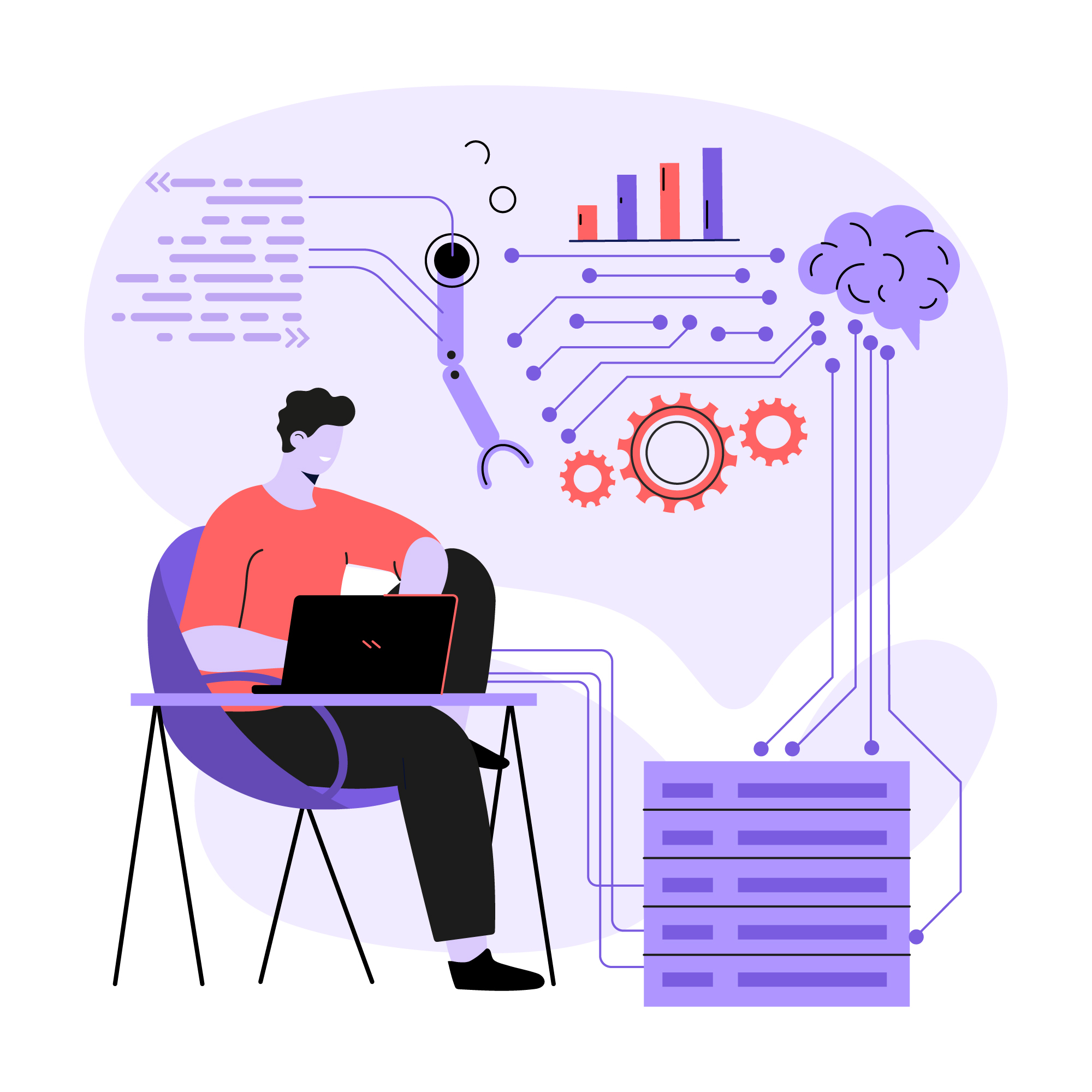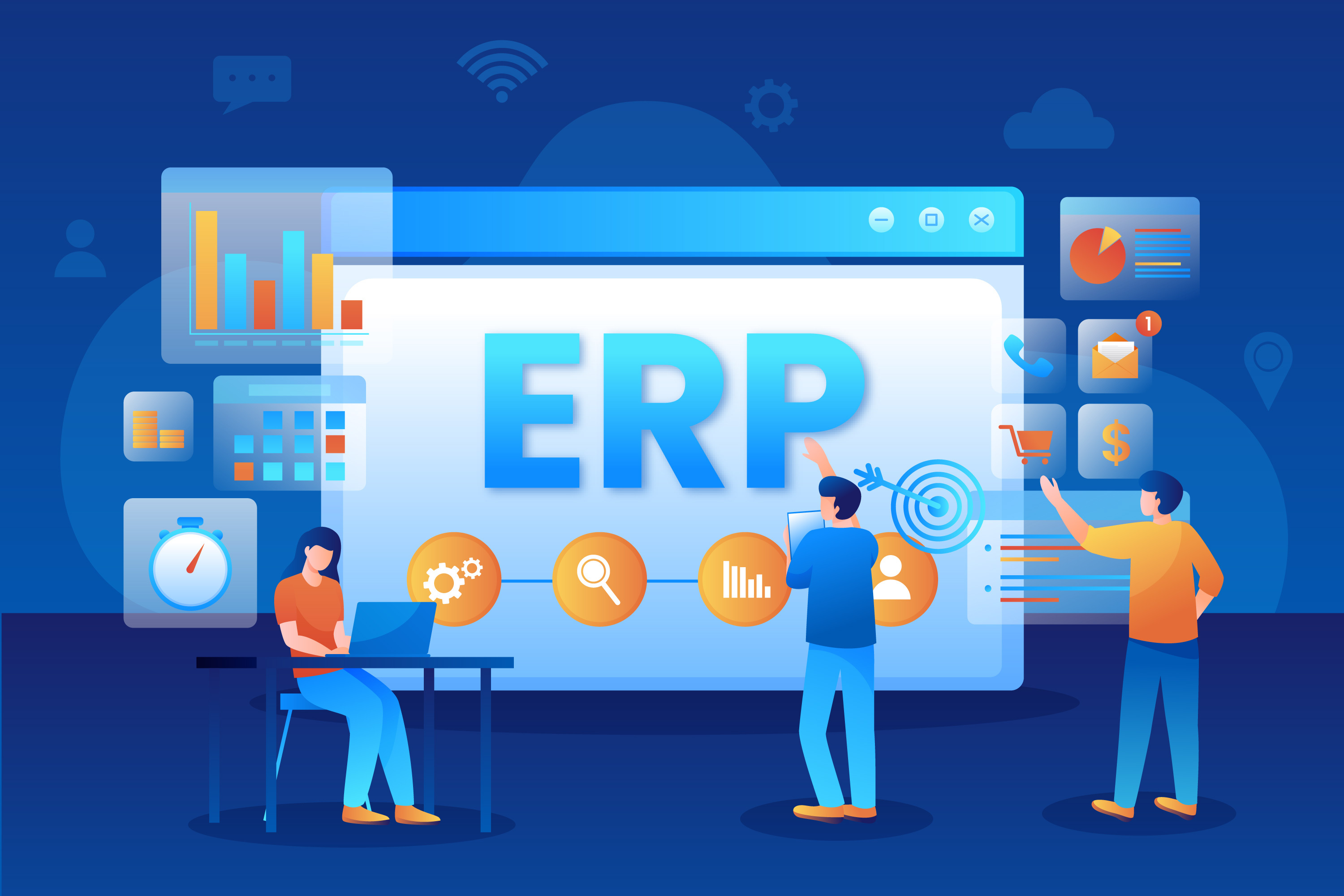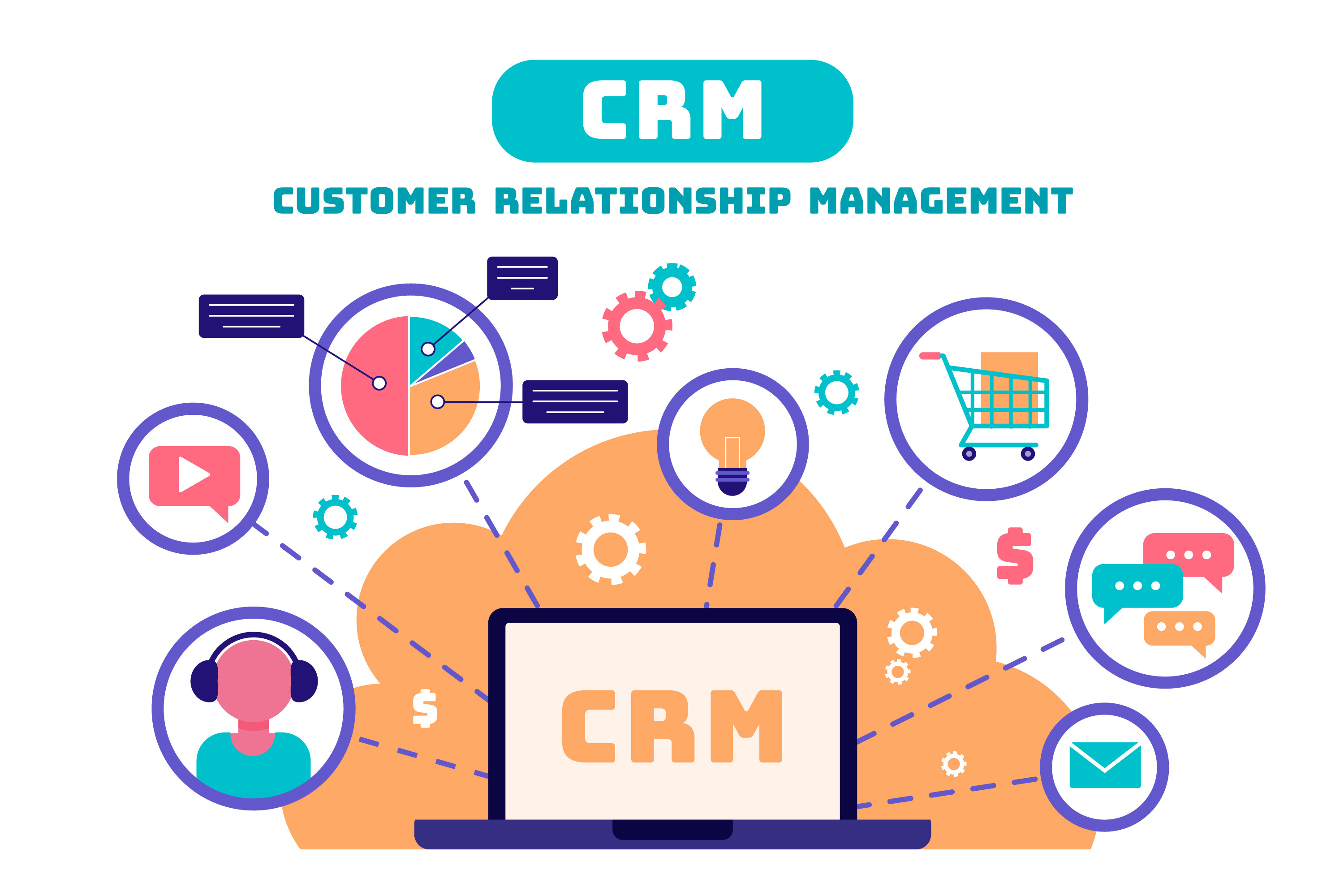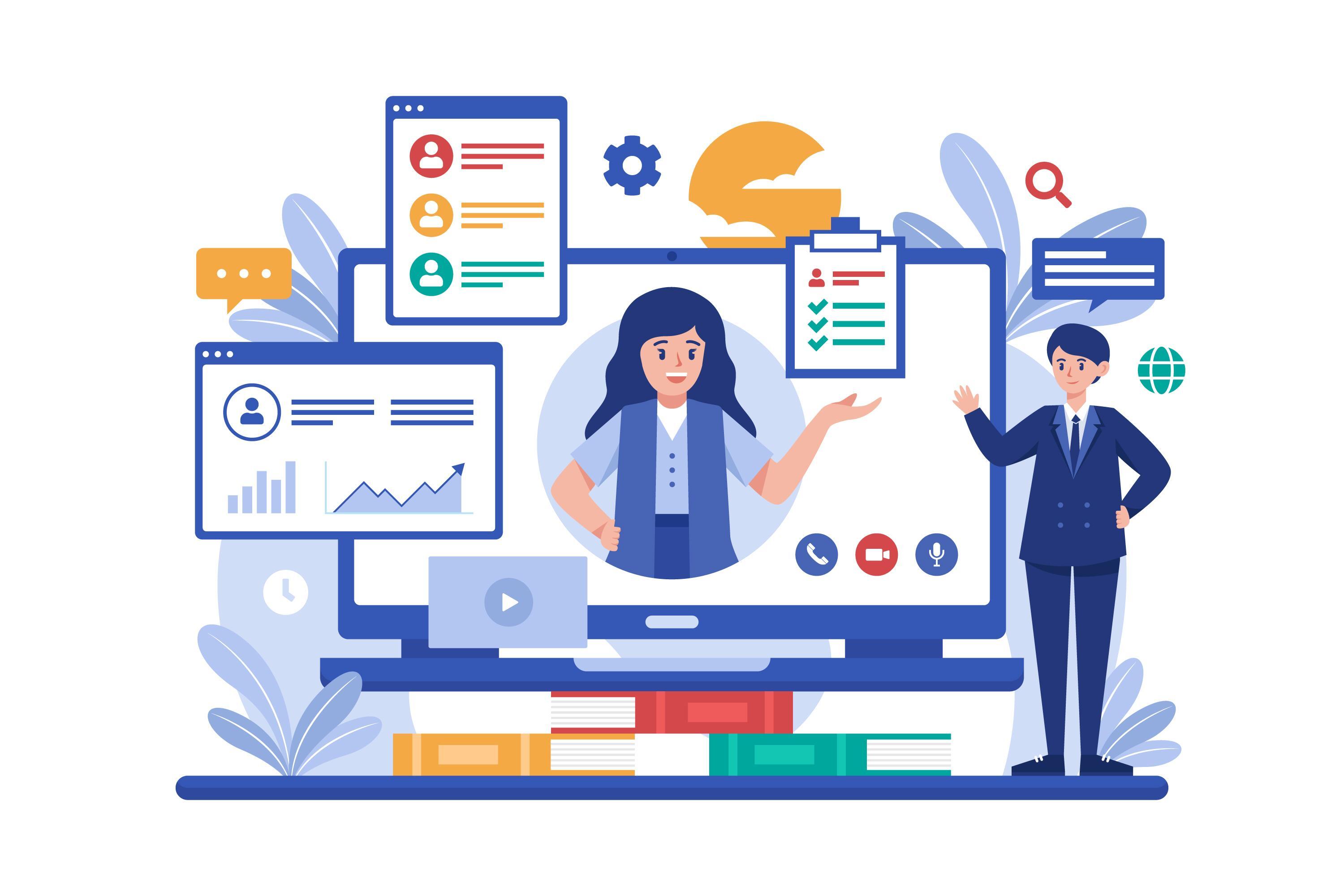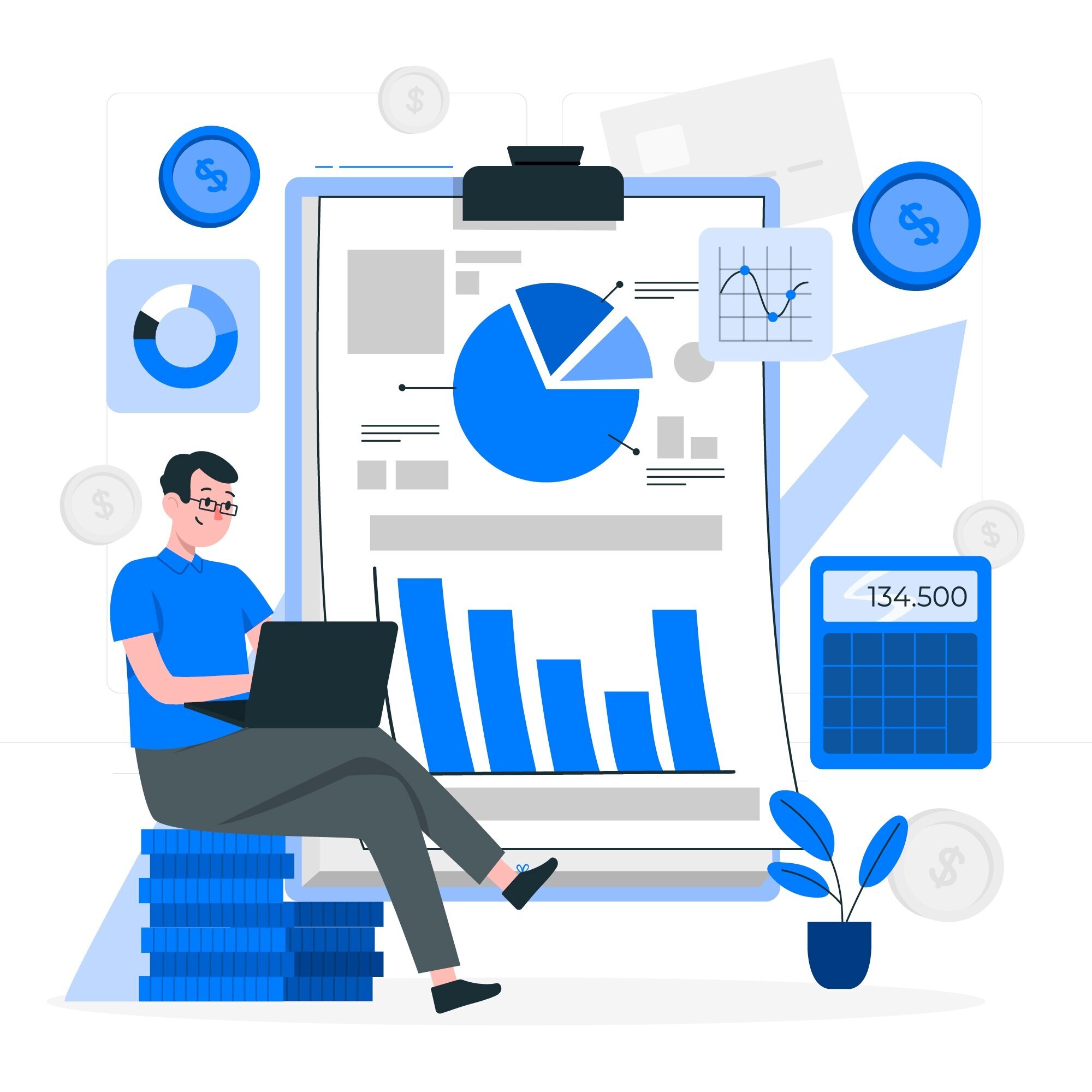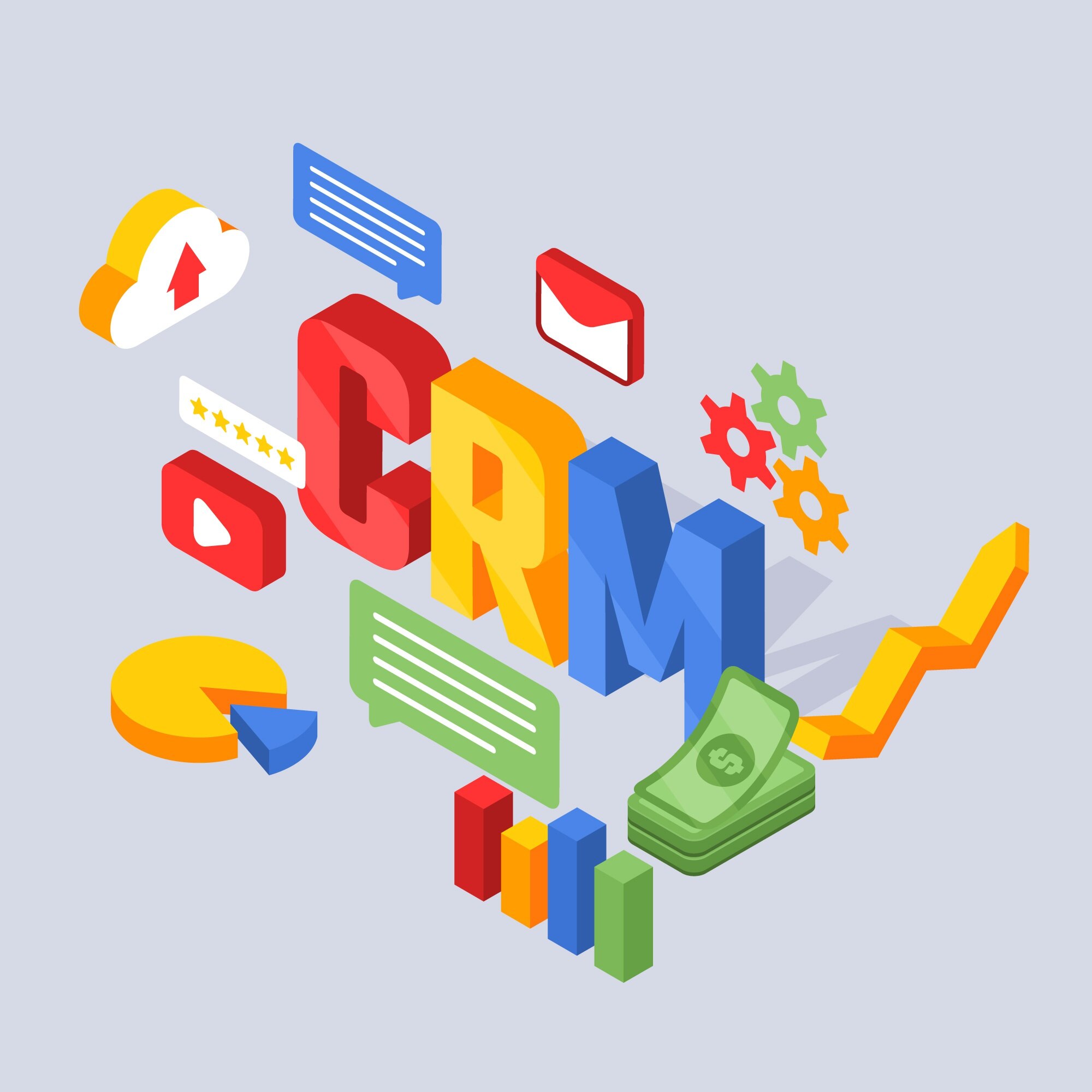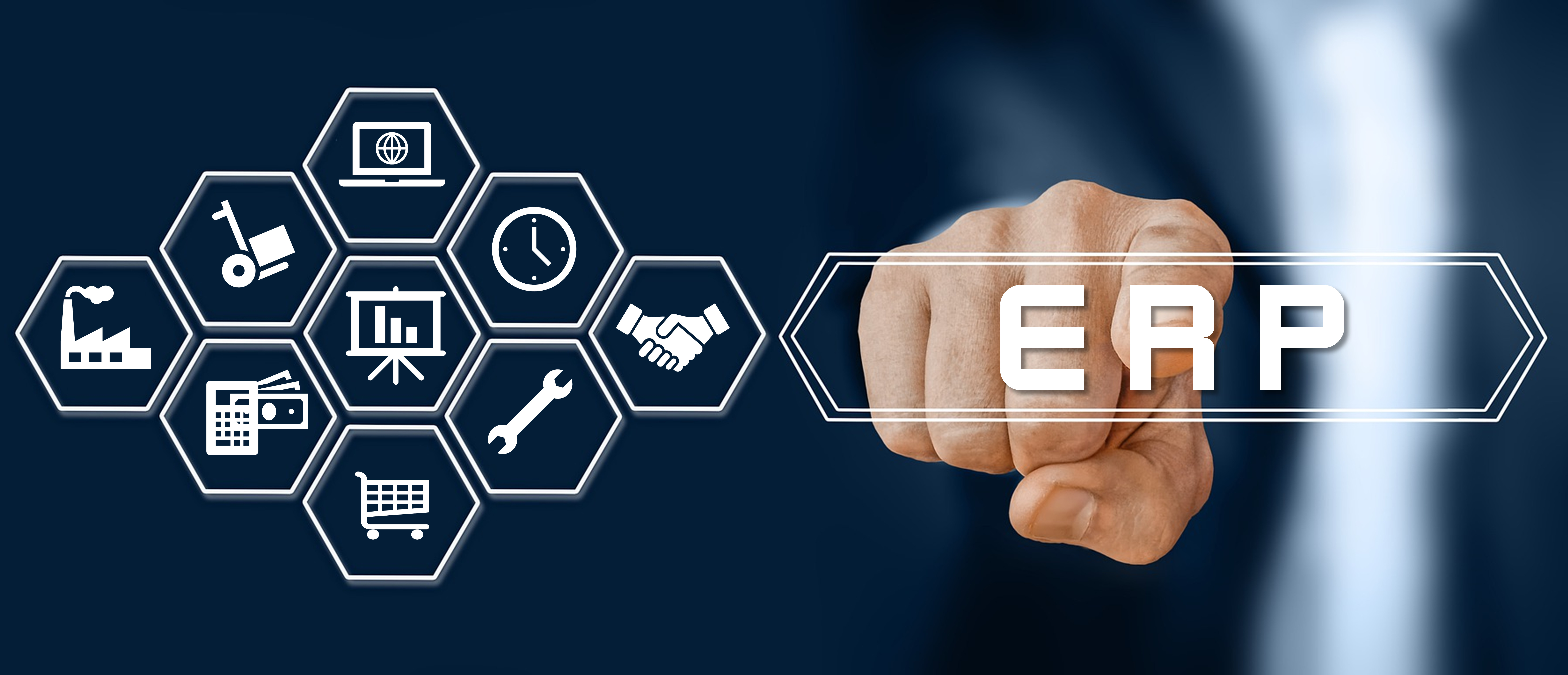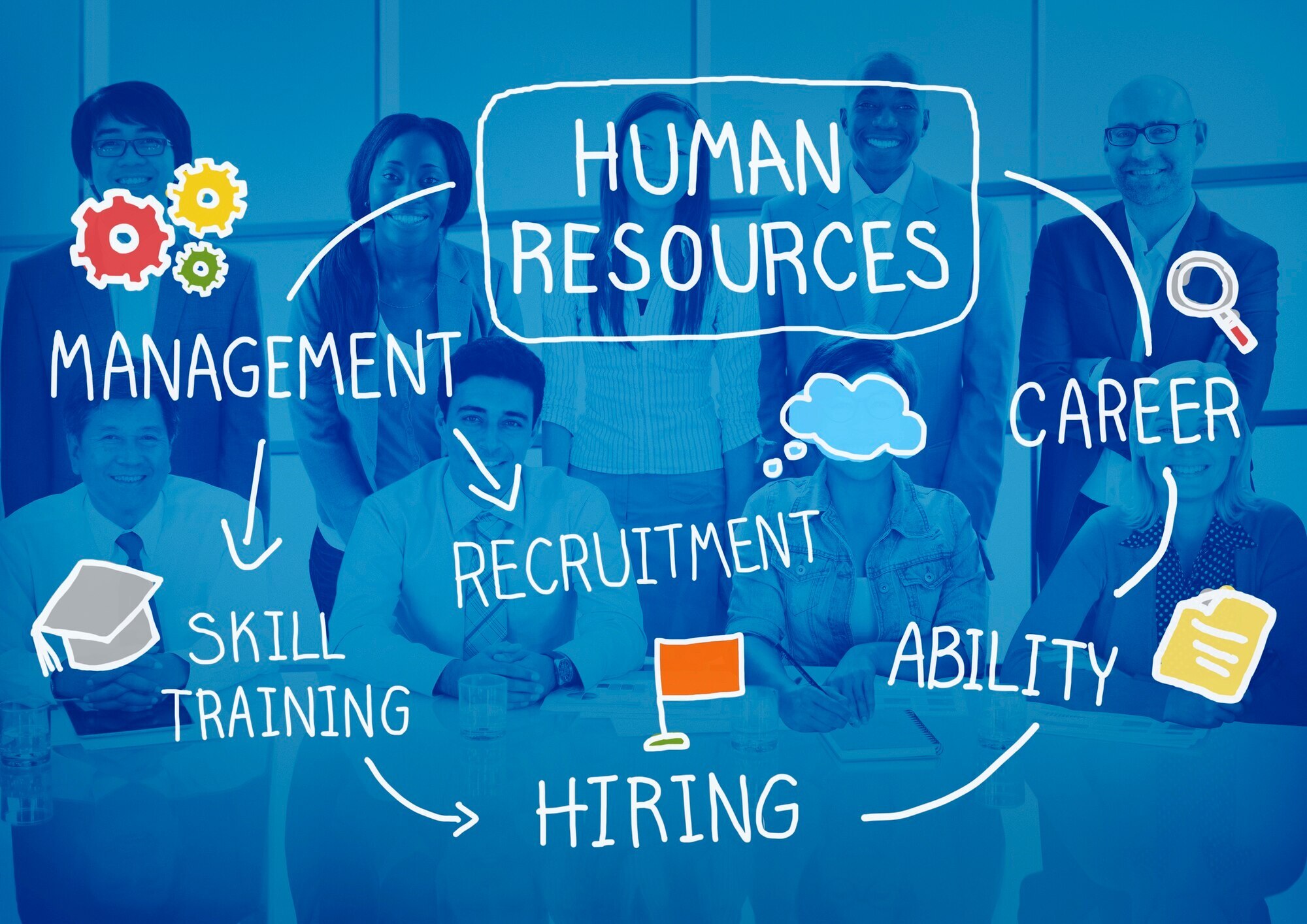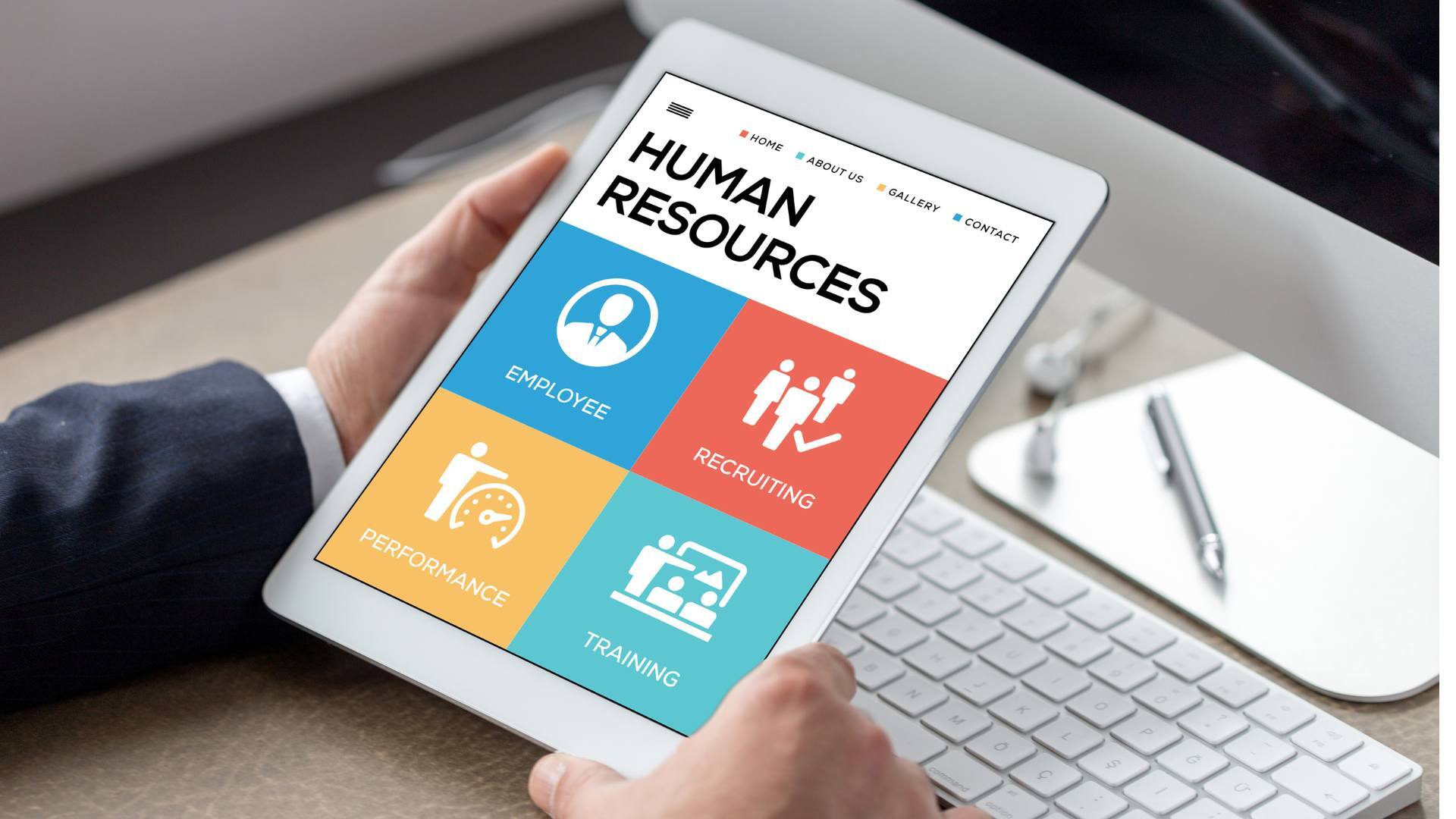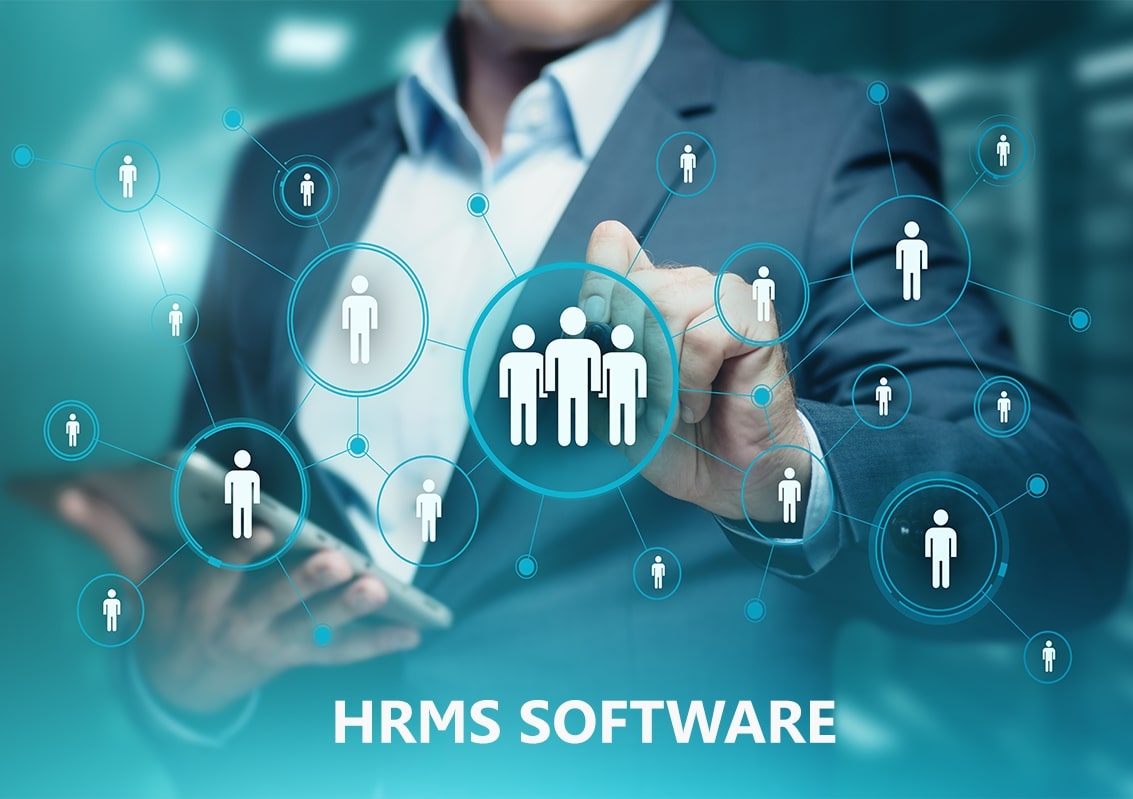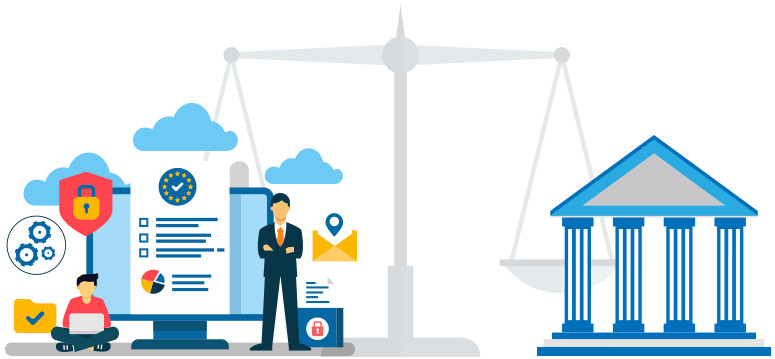Talent Management
Personnel (HR) are at the forefront of transformational adaptation in the rapidly developing world of establishment activities. The integration of AI into human resource management software is not only a movement but an essential transition that redefines human resource management. AI-powered HR solutions are emerging as game changers, streamlining procedures, and increasing commitment as enterprises seek to expand their productivity and competitiveness.
AI-Driven Recruitment and Onboarding
See recruitment and onboarding as one of the most significant impacts of machine intelligence in HR software. Traditional recruitment procedures are frequently time-consuming and biased. AI algorithms are still capable of evaluating huge sums of campaign facts in order to select the best candidate for a job, reducing the time to hire and minimizing unconscious partiality. A machine learning model that predicts campaign victory based on olden information can improve resume and interview evaluation during innate language processing.
Moreover, ai facilitates the onboard system for the drum sander. Automating the flow of work can ensure that recent recruits accept the necessary training and capital quickly. Digital assistants can help with common queries, allowing HR managers to concentrate on other important tasks. The current NAY is not used in academic writing, but it only enhances the recent employee experience while at the same time accelerating the integration into the firm.
Enhancing Employee Engagement and Retention:
In addition, the key to increasing employee involvement and retention is the use of machine intelligence equipment. Machine Intelligence can provide insight into the sentiments of the workforce and identify the challenges to its In addition, the key to increasing employee involvement and retention is the use of machine intelligence equipment. Machine Intelligence can provide insight into the sentiments of the workforce and identify the challenges to its sustainability through the assessment of employee evaluation, performance metrics, and interaction. Forecasting Analytics can predict trends in employee turnover and propose measures to increase employee satisfaction and loyalty.
Ai's personalised education and development activities, which are geared towards people's career aspirations and skill shortages, are designed to foster a society of constant development and expansion. The current personalization makes employees feel valued and supported during their efficient journey.
Performance Management and Productivity
AI will transform performance supervision by providing real-time reaction and information analysis. As uninterrupted performance monitoring provides more vibrant and actionable insights, traditional annual reviews are obsolete. Machine learning-based channels can monitor performance indicators, develop personalized intentions, and provide real-time feedback, thus advancing a proactive employee development technique.
Moreover, ai recognizes the productive form and proposes a method of optimizing the work flow. Automated reasoning can recommend strategies for improving efficiency and streamlining operations, based on an analysis of how workers spend their era and the challenges they face.
Data-Driven Decision Making
Undoubtedly, the future of human resources will be data driven. Automated reasoning makes it easier for HR professionals to draw up sensible conclusions based on comprehensive statistical analysis. AI provides tools for evaluating movements and results, notably excessive tactical and decisive decisions, from workforce planning to diversification and integration.
AI also enhances compliance and risk management by monitoring changes in labour legislation and company policies, ensuring compliance, and addressing the challenges of power.
Challenges and Considerations
Despite its own promises, the integration of AI into HR software is not free of obstacles. Fears of fact separation, morality in the use of automated reasoning, and transparency in the choices made by machine learning must be overcome. In order to ensure that artificial intelligence is used faithfully and ethically in human resources processes, institutions are demanding the development of clear guidelines and standard structures.
Conclusion:
The intelligent and healthy use of AI techniques is the cornerstone of the development of HR software. As machines continue to innovate God's gifted ability administration, establishments that harness their own potential will probably succeed in enticing, progressing, and maintaining the highest expertise. Using AI, HR professionals can shift their focus from administrative to tactical associates, driving administrative results at the computer age. As we move forward, balancing innovation with fairness will be necessary to unlock the full potential of AI in HR.
